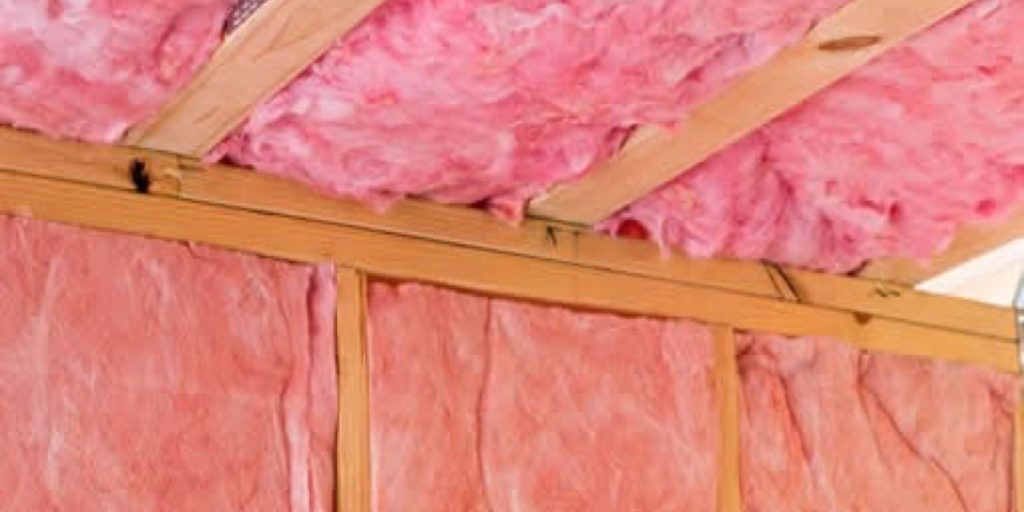New Healthy Homes regulations include legal standards for heating, insulation, ventilation, moisture and drainage, and draught stopping. Read all about it.
What you need to know about the new Healthy Homes standards
What do the new Healthy Homes Act changes mean for a current Investor/Landlord? This article breaks down the new guidelines in practical terms.
In March this year the Government announced further guidelines for the Healthy Homes Standards. This announcement covers more than just the insulation standards that came into force on 1st July 2019.
The new standards cover ventilation, insulation, heating, draft stopping, moisture ingress and drainage. The time frame for the implementation of these standards vary depending on the tenancy agreement type and lease start or renewal dates. Social housing and boarding houses have other compliance dates but will not be reviewed in this article. This article provides a concise breakdown of the new guidelines from all the information currently being provided by the government.
Healthy Homes Act Timeline
- A statement of intent to comply with the Healthy Homes Standards must be included on new tenancy agreements or renewals from 1 July 2019.
- A Full compliance statement must be included in tenancy agreements from 1st July 2020 unless it is a fixed term agreement ending prior to 1 July 2021
- If the tenancy started prior to 1 July 2021 and is now a periodic tenancy then the compliance date is 1 July 2024
- If a tenancy started prior to 1 July 2021 on a fixed term lease the compliance date is within 90 days of the 1st renewal of the tenancy or before 2 April 2024, whichever is first.
- If a tenancy started on or after 1 July 2021 but before 2 April 2024 the compliance date is within 90 days of the start of the tenancy.
- If tenancy starts on or after 2 April 2024 the compliance date is 1 July 2024

What do the changes mean for current investors and landlords?
Insulation – Ceilings
The insulation level in Auckland must be at least 2.9. Previously if your insulation was installed before 2016 when the level was 1.9 and it was still in good condition, then you were exempt from the standards coming into force in July 2019. This is no longer the case, so any rental property with insulation below the current 2.9 will need to be brought up to this standard. The same exemptions apply for these standards as were included for the July 2019 standards.
Underfloor
The standard remains the same as the 2019 guidelines so if your house is currently compliant then you will not need to carry out any further works. Should you purchase an additional investment property then you would need to ensure that you comply.
Tip: Most current investment properties will now comply with the new guidelines, but if property exempt previously for being over R1.9 it will now require more insulation to be installed to top it up to the new required level for the 2021 compliance date.
Ventilation
The Living room, Dining room, kitchen and bedrooms must have opening windows that can be fixed open while people are in the premises. This window space must be not less that 5% of the size of the floor area of the room it is servicing. However, if the property was built or converted into a habitual space prior to these standards and at the time of building it met all the building requirements then it would be exempt under the current regulations.

Extractors
Kitchens and bathrooms must have extractor fans installed in them. The extractor fan for a kitchen must have an exhaust ducting of at least 150mm in diameter or the fan must be able to take a capacity of at least 50 liters per second. The bathroom fan’s ducting must be at least 120mm in diameter or the fan must be able to take a capacity of at least 25 liters per second l/s.
TIP: If your property was compliant with the building standards when it was built then the ventilation part of the standards will not affect you. Should you be looking to convert or move rooms which are considered a habitual space then you will need to take the above standards into consideration when planning the conversion. Most modern extractor fans will meet the current standards.
Draft Stopping
The aim of this part of the standards is to ensure that all areas of the property not allow unreasonable drafts. Unreasonable takes into account the size and location of gap/hole, the amount of draft, the total draft of more than one gap/hole and the impact on heat loss. The age or condition of the property cannot be taken into account, so whether new or old the same rules apply. The standards specify that if you have an open fireplace the chimney must be blocked in a way that stops drafts. The only exception to this is if the tenant requests in writing that it be kept available for their use and the landlord agrees.
TIP: If you have a fireplace we would recommend that the chimney be blocked off as it makes compliance easier for the landlord and also removes the risk of fires and costs of annual chimney sweeps.
Moisture Ingress and drainage
A moisture barrier must be installed if there is a suspended floor and the suspended part of the floor is 50% or more enclosed by anything that restricts or obstructs airflow under the property. The standards set out that it must be installed by a professional and sets out minimum requirements on what type of barrier is acceptable. Drainage requires that all spouting, downpipes and drains are in good condition and effectively removing water from the building and grounds of the property.
Heating
A heater must be affixed to a wall in the main living room area and be sufficient to heat the room to a minimum 18 degrees. Properties with multiple living areas are only required to heat the largest area. If an electric heater or fixed heat pump it must have a thermostat. Compliant closed fireplace or flued combustion heater (eg. pellet, gas) do not require thermostats. An electric heater cannot be used if it is going to need over 2.4kw to heat the room, in this scenario you would need to install a heat pump, fireplace or other flued combustion heater. The government is building an online calculator that can be used in good faith and the results relied on to determine the level of heating landlords will be required to supply to meet the standards. This calculator is expected to be available around October 2019.
TIP: Unless you have plans to install a heat pump in your property in the near future, we would be recommending landlords to not install any heaters until the online calculator has been made available to the public.
If you want to talk to someone about the Healthy Homes Standards, are looking to maximise the investment return on your rental property or would like knowledge on the Auckland Property market, talk to Shanon or visit Crockers Property Management


